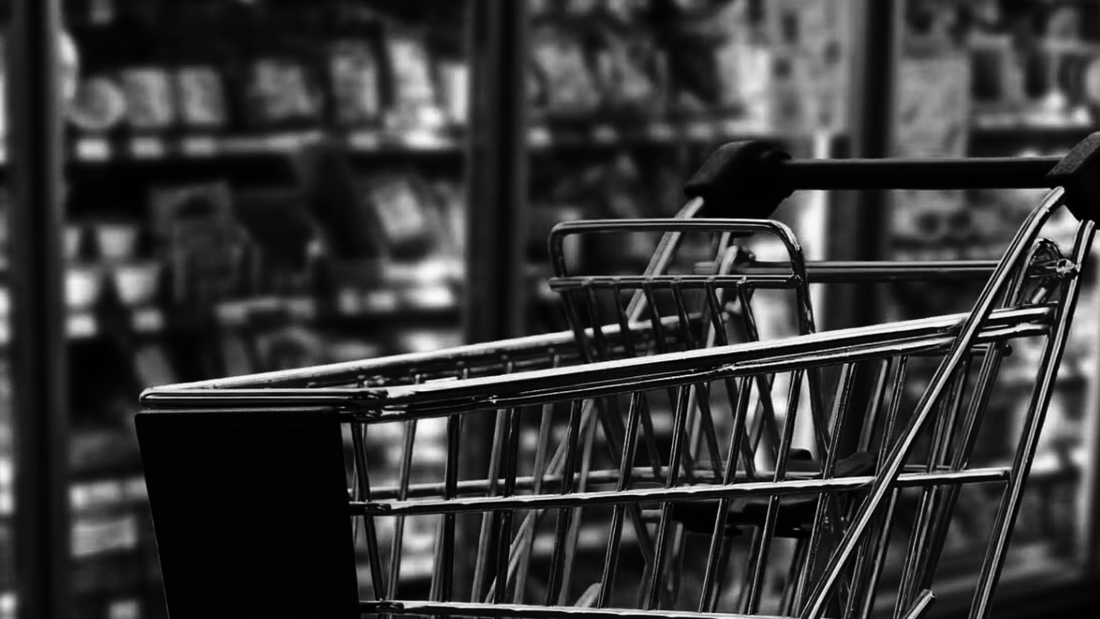
How to Plan a Grocery List for Muscle Growth
Building muscle isn’t just about what happens in the gym, it depends just as much on what you’re eating every day. And it starts with what’s in your kitchen.
If your fridge is empty and your pantry’s full of random snacks, you’ll end up winging your meals and falling short of your protein or calories. That’s why a smart, repeatable grocery list is one of the most underrated tools for muscle growth.
Here’s how to build one that actually supports your goals without wasting money or overcomplicating your diet.
Start With Protein Sources - The Foundation of Growth
Muscle growth demands enough protein. You don’t need a dozen sources, just a few that you can rely on daily. These are easy to cook, easy to portion, and affordable in most places:
- Eggs and egg whites
- Chicken breast or thighs
- Lean ground beef or turkey
- Canned tuna or salmon (watch tuna intake - due to mercury, stick to no more than 2 servings per week)
- Fresh or frozen fish (like cod, salmon, or tilapia)
- Greek yogurt or skyr
- Cottage cheeseProtein powder (whey, casein, or plant-based)
Buy enough to have at least 2-3 servings of protein per day covered from whole foods. Supplements are useful, but they shouldn’t replace actual meals.
Choose Carb Sources You’ll Actually Eat
Carbs fuel your workouts and help you recover. You don’t need low-carb or keto strategies when trying to grow - you need energy. Choose carbs that digest well and keep you full.
- Rice (white or brown)
- Potatoes (any kind)
- Oats
- Whole grain bread or wraps
- Pasta
- Tortillas
- Fruits: bananas, apples, berries, oranges
- Vegetables: broccoli, spinach, carrots, zucchini, etc.
A mix of fast-digesting and slow-digesting carbs gives you more flexibility. Eat lighter carbs pre-workout and more filling carbs post-workout or at dinner.
Don’t Forget Fats , But Don’t Go Overboard
Fats help with hormone health, joint recovery, and meal satisfaction. You don’t need a ton, but you do need some daily.
- Olive oil or avocado oil
- Avocados
- Nuts and nut butters
- Whole eggs
- Fatty fish like salmon
- Seeds (chia, flax, etc.)
Be mindful that fats are calorie-dense. A little goes a long way. One tablespoon of oil is over 100 calories, enough to tip you over your daily target if you’re not watching.
Build a Routine Around Simple, Repeatable Meals
The best meal plan is one you can actually stick to. So instead of trying something different every day, build around a few go-to meals that you enjoy and can prepare fast:
- Eggs with oats and fruit for breakfast
- Chicken, rice, and vegetables for lunch
- Ground beef and potatoes for dinner
- Greek yogurt with berries or a protein shake for snacks
If you’ve got your main meals dialed in, you won’t feel the need to “guess” your way through the day.
Make Your List Before You Go And Stick to It
Here’s the final step that makes it all work: write down what you need before you go to the store. List out:
- 3-5 protein staples
- 3-5 carb staples
- 2-3 fat sources
- Fruits and vegetables for the week
- A backup shake or snack option
If it’s not on the list, don’t buy it. This keeps your food focused, your spending in check, and your meals aligned with your goal.
Final Word
You don’t need a fancy diet or meal prep system to grow muscle, but you do need a kitchen full of the right foods.
A good grocery list simplifies everything: your meals, your prep, your progress.
Fuel your body with foods that match your goal, make shopping and cooking repeatable, and stay consistent. That’s how muscle is built - one meal at a time.
